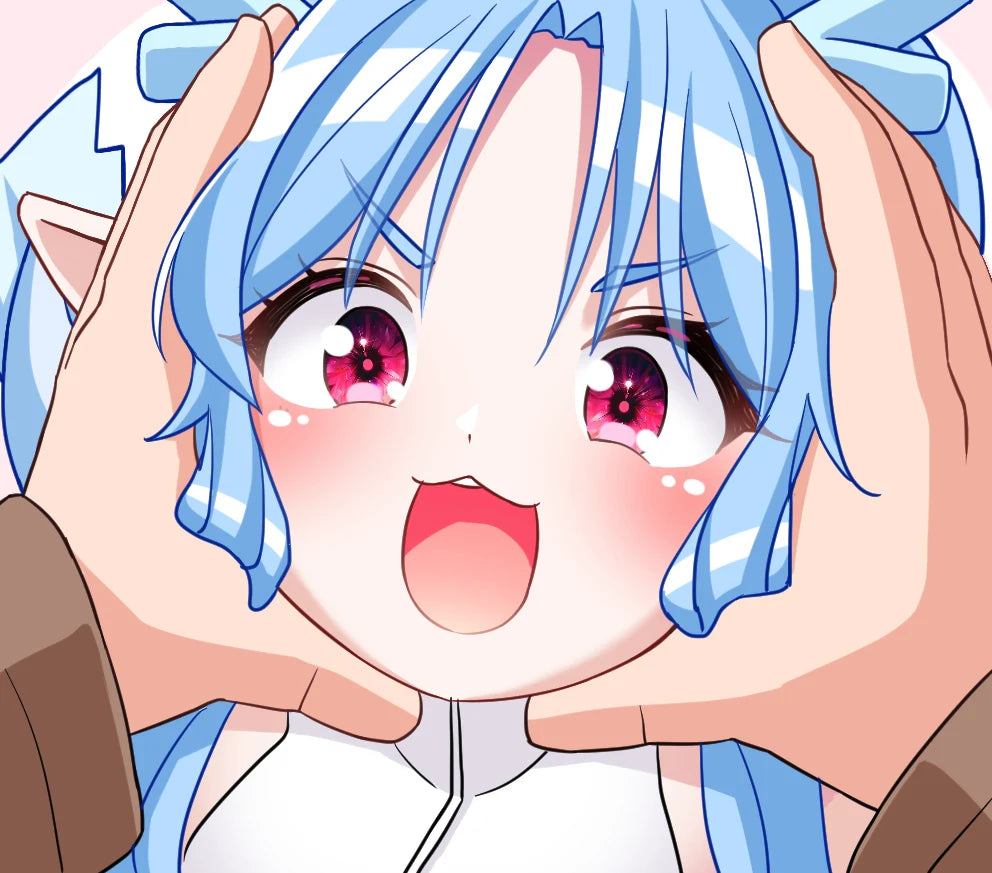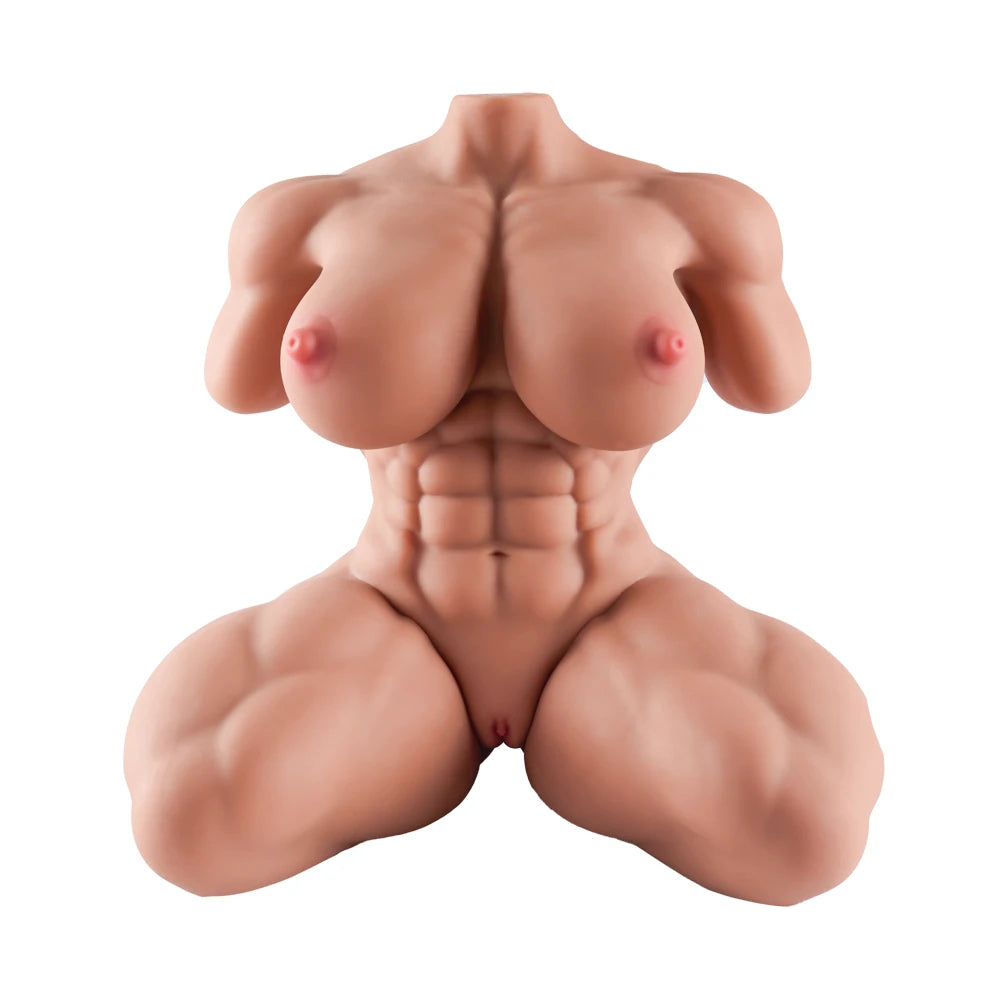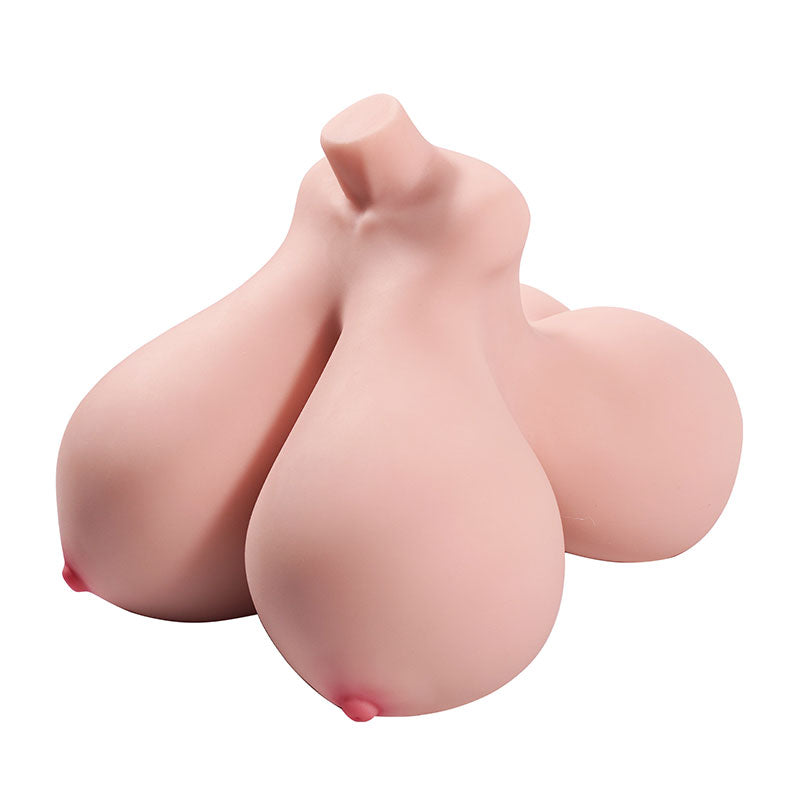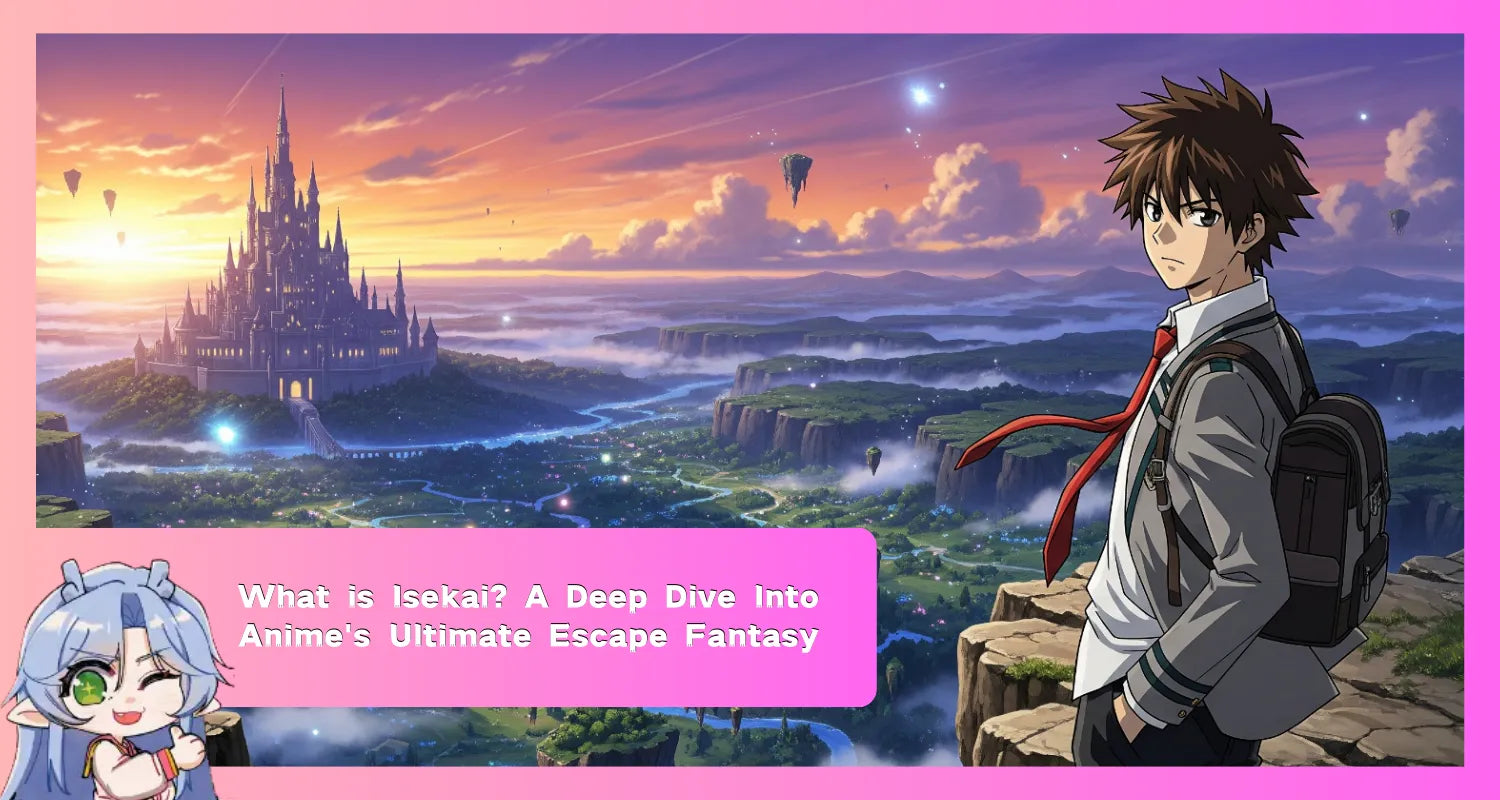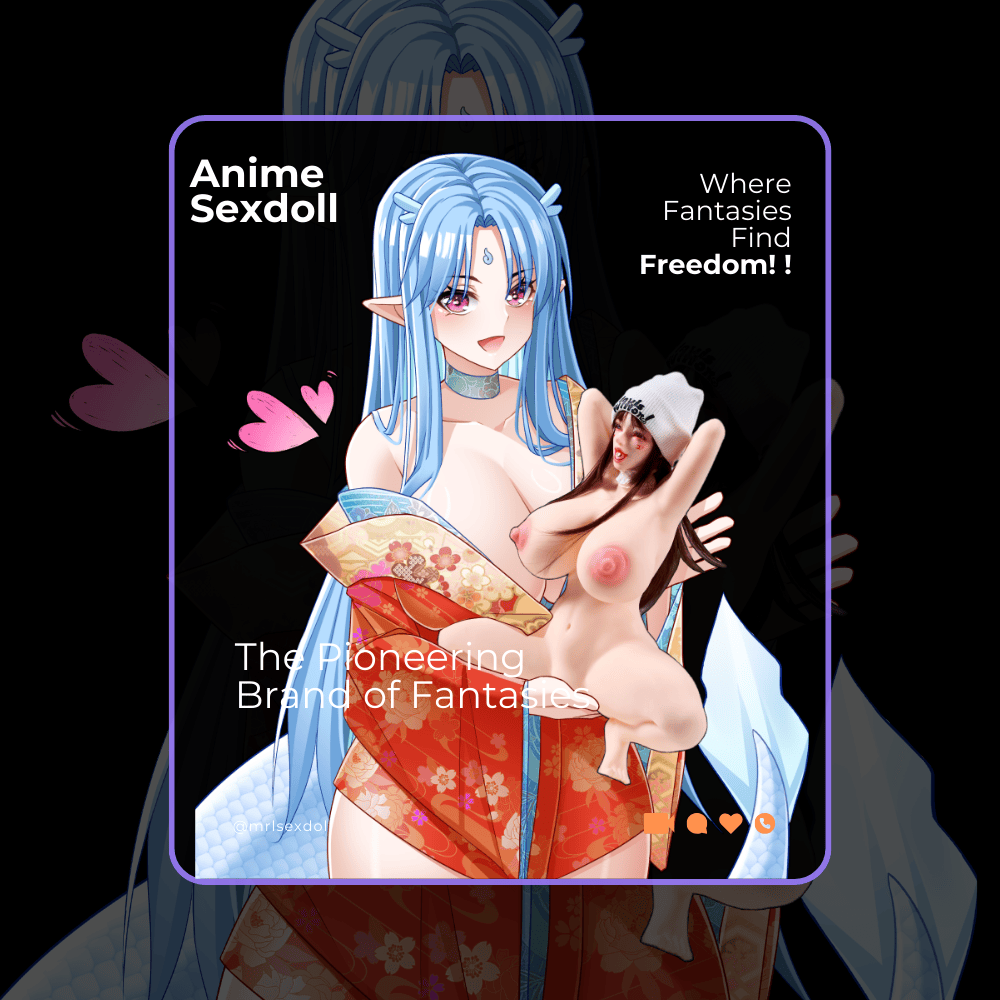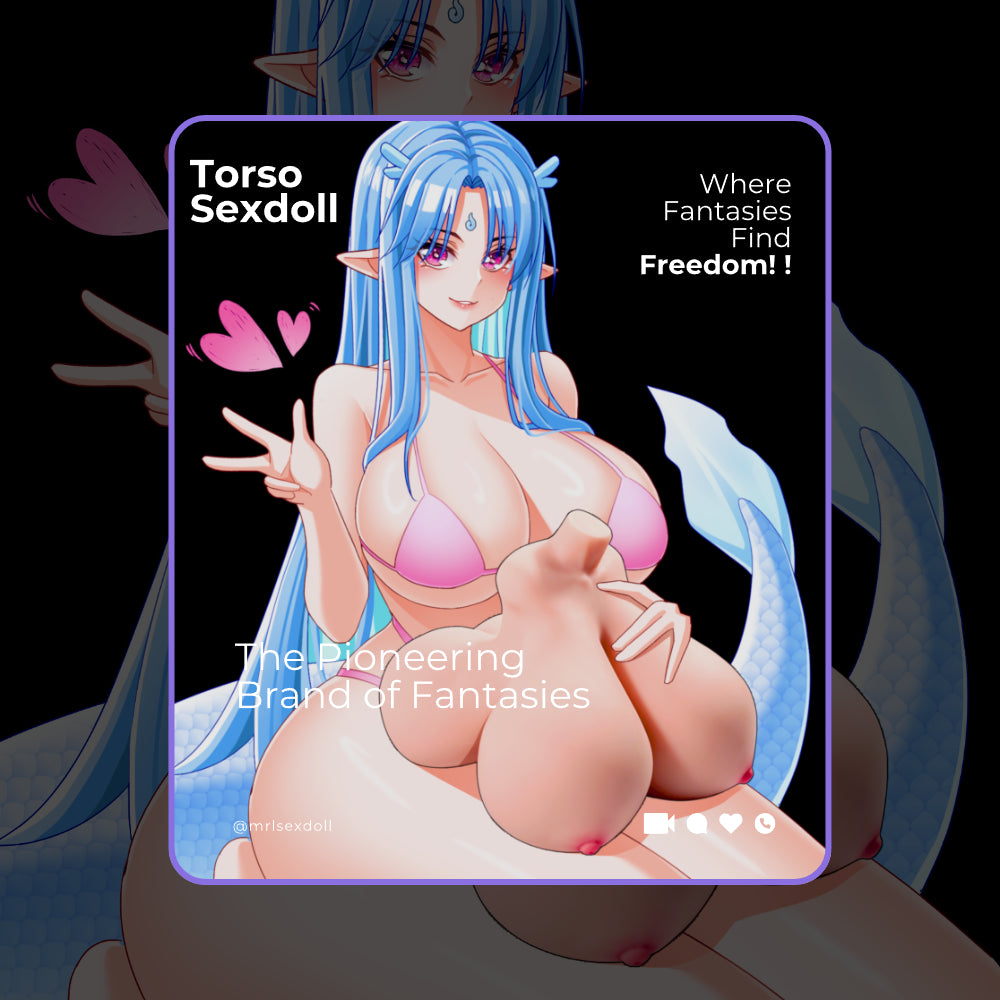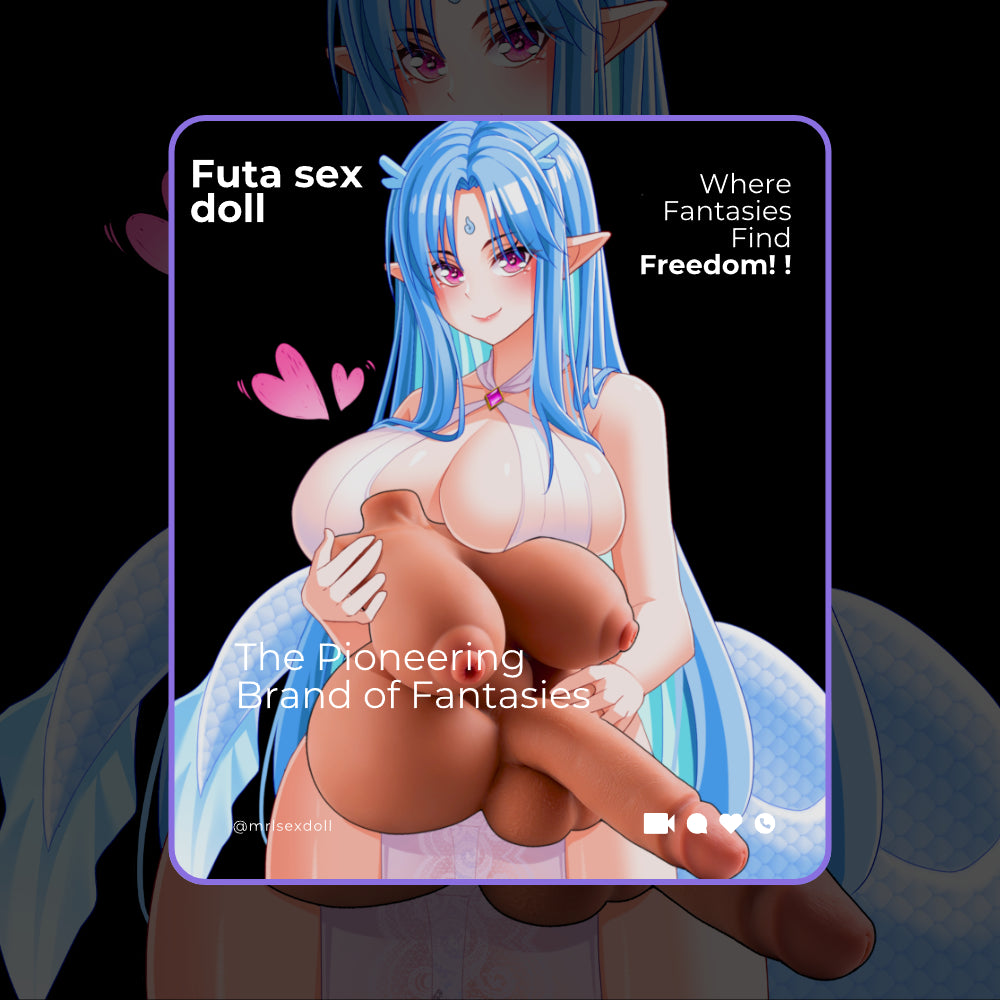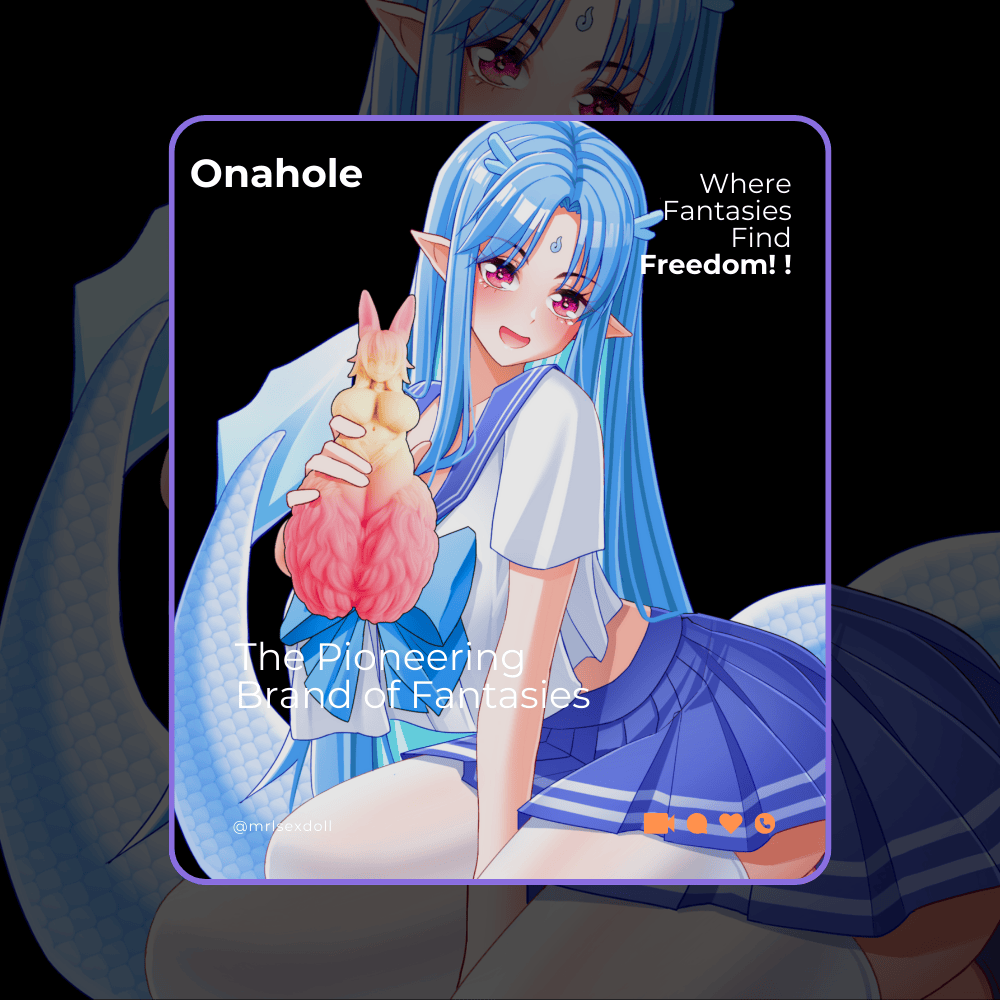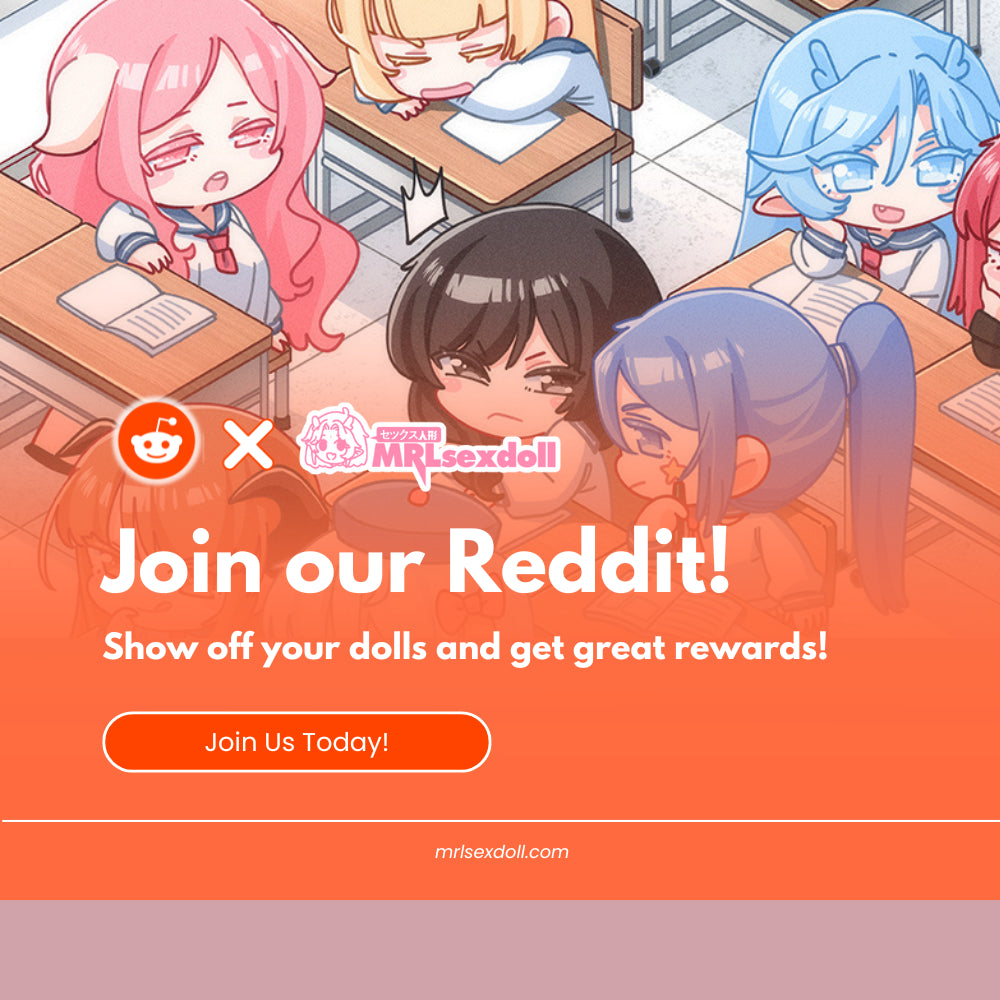What is Isekai? A Deep Dive Into Anime's Ultimate Escape Fantasy

Imagine opening your eyes, not to your own bedroom, but to a strange new world with two suns in the sky. A glowing blue screen floats in front of you, showing your new skills and abilities. Your old, normal life is gone. You are in another world. This is the basic idea behind isekai, one of the most popular and interesting genres in anime and manga today. But what exactly is it? And why has the story of being sent to another world become so popular with people all over the globe?
In this guide, we will look at where the isekai genre came from, how it has changed over time, and why it connects so strongly with its audience. We'll explore its history, from old folktales to modern hits, and look at the common ideas and different styles that make it so unique.
The Genesis of Another World: Unearthing the Roots of Isekai
To really get what this genre is about, we first need to understand the basic isekai meaning. The journey starts with the name itself.
The Core Concept: Defining the Isekai Meaning

The Japanese word isekai (異世界) simply means "different world" or "another world". The genre has become so well-known that the Oxford English Dictionary now includes it, defining it as a type of Japanese story where the main character is "transported to or reincarnated in a different, strange, or unfamiliar world". This is the core of every isekai story: a character is suddenly taken from their reality and has to figure out how to live in a new one.
This usually happens in one of two ways. The first is isekai ten'i, where a character is magically sent or summoned to another world while they are still alive. The second, which is very common now, is isekai tensei. In this type, the main character dies in our world, often in a sudden accident, and is then reborn in the new world, usually with all their memories from their past life.
This trip to another world is more than just a change of scenery; it's a smart way to tell a story. By putting a character in a place they don't know, writers can naturally explain the world's rules, magic, and culture. We learn everything as the main character does, which makes even very complex worlds easy to understand. This simple and effective storytelling method is a big reason why so many isekai stories exist.
Ancient Echoes: From Japanese Folklore to Western Portal Fantasy

The dream of traveling to another world is something people have imagined for centuries in many different cultures. In Japan, an early example is the story of Urashima Tarō, a fisherman who visits a magical kingdom under the sea. When he returns home, he finds that 300 years have passed. This old tale has the same feelings of wonder and being out of place that we see in modern isekai.

This idea is also found in Western "portal fantasy" books. Famous stories like Lewis Carroll's Alice's Adventures in Wonderland (1865), L. Frank Baum's The Wonderful Wizard of Oz (1900), and C.S. Lewis's The Chronicles of Narnia (1950) all have main characters who find a secret way into a magical land.

However, modern isekai has changed this old idea in an important way. While classic portal fantasies often had children as main characters, modern isekai stories often focus on the problems of the character's original life. The main characters are often adults stuck in boring office jobs, lonely students, or people who feel like failures. For these characters, the new world isn't just an adventure; it's a way to escape the stress of modern life. This change from a simple trip to a deep escape is what makes the genre so appealing to people today.
The Evolution of a Genre: From Shojo Romance to Shonen Power Fantasy
Today, when people think of isekai, they often picture powerful male heroes in video game-like worlds. But it wasn't always like this. The genre changed over time, shifting its focus and audience to become the giant it is today.
The 1990s Shojo Era: Romance and High Adventure

In the 1990s, isekai stories were mostly made for young girls, which is called the shojo demographic. Series like Fushigi Yugi, Magic Knight Rayearth, and The Vision of Escaflowne were very popular. These stories were usually about normal high school girls who were pulled into fantasy worlds. There, they would find out they had special powers, become priestesses or knights, and get involved in big adventures and romantic stories. A big part of these stories was the difficult choice the girls had to make: go back home or stay in the new world for love.
The 2010s Boom: The Rise of Web Novels and the Shonen Protagonist

Things changed in a big way in the early 2010s, mostly because of the huge success of the anime Sword Art Online in 2012. While people debate if it's a "true" isekai, its story about being trapped in a video game showed that there was a big audience for these kinds of tales, especially ones that started as online web novels. This success opened the door for many new writers on websites like Shōsetsuka ni Narō ("Let's Become Novelists"), a place where isekai fanfiction was already popular.
This new wave of stories was aimed at young boys, or the shonen audience. The main characters were no longer high school girls but often unhappy men. They were NEETs (people without jobs or school), social outcasts, or office workers tired of Japan's stressful work culture. This change happened for a few reasons. Web novel sites allowed writers to create stories that fulfilled power fantasies for a specific audience. These writers often wrote about the same worries their readers had, creating stories about getting a second chance that connected with people who felt powerless in their own lives. Turning these popular web novels into light novels and then anime became a successful business model, filling the market with stories about powerful male heroes and making that the new face of the genre.
|
Feature |
1990s Shojo Isekai |
Modern (2010s+) Shonen Isekai |
|---|---|---|
|
Protagonist |
Average Schoolgirl |
NEET / Overworked Salaryman |
|
Method |
Summoning / Magic Porta |
Reincarnation / "Truck-kun" |
|
Core Motivation |
Find a way home, Find love |
Survive, Become powerful, Build a harem |
|
Power Source |
Latent abilities, Prophecy |
"Cheat" skill, Game-like system |
|
Key Conflict |
Emotional, Relational dilemmas |
Overcoming external threats, Slaying demon lords |
|
Example |
Fushigi Yugi |
That Time I Got Reincarnated as a Slime |
The Modern Isekai Anime Playbook: Tropes, Subgenres, and Adult Fantasies
Today's isekai anime follows a familiar pattern of ideas and themes. By looking at this pattern, we can see why these stories are so popular and how writers are starting to change things up.
Anatomy of a Power Fantasy: Common Tropes and Game Mechanics

Modern isekai is built on ideas that make the reader feel powerful. The most common is the Overpowered (OP) Protagonist. This character, who was often average in their old life, is given amazing "cheat" skills that let them easily dominate the new world. The world itself often works like a video game, with characters having RPG-style menus, skill trees, and levels to show their power. This makes their progress feel clear and satisfying. Another common element is the harem, where several beautiful female characters fall in love with the main character, fulfilling a fantasy of being popular and loved.
Beyond the Mainstream: Exploring Reverse Isekai and Other Subversions

While the power fantasy is the most common type of isekai, there are other interesting variations. The reverse isekai subgenre, for example, flips the whole idea around. Instead of a human going to a fantasy world, a character from a fantasy world comes to our normal world. Shows like The Devil is a Part-Timer! use this setup for comedy, as a powerful Demon Lord has to deal with working a minimum-wage job. Other series, like the comedy KonoSuba, make fun of the genre's common tropes by giving the main character a useless goddess and a team that can't do anything right.
Deconstructing the Hentai Isekai: Power, Desire, and Non-Human Companions

For older audiences, the hentai isekai subgenre takes the fantasies of power and relationships to a more explicit level. These stories often turn up the volume on the harem and OP protagonist ideas, directly connecting great power with social and sexual success. A key feature of this subgenre, and of many modern isekai, is the focus on non-human and demi-human companions. Elves, demons, beast-people, and monster girls are often the main characters in the hero's group or harem.
This focus on non-human relationships is about more than just having exotic characters. It represents the ultimate escape. A relationship with another human, even in a fantasy world, still feels connected to our reality. But forming a close bond with a creature that could never exist in our world—like a dragon or a cat-girl—shows a complete break from the character's old, boring life. It's the fulfillment of a fantasy so deep it can't be properly described in our world, making it the purest form of the isekai fantasy.
The Isekai Fantasy Embodied: The Allure of the Anthropomorphic Companion
The ultimate isekai dream isn't just about visiting another world, but about creating bonds that are impossible in our own. This is why companions are often not human—they are a clear symbol of the fantasy world. This idea explores themes of accepting those who are different and finding a place to belong outside of normal human society. Writers often use anthropomorphism, giving human-like qualities to non-human beings, to create characters that are both excitingly different and very loyal. This concept is captured perfectly in character designs like the anthropomorphic kitten, Nicole. She represents a blend of fantasy appeal and isekai—a being created from pure imagination, offering a total escape from the ordinary.
FAQ: Your Questions About the "Different World" Answered
What was the very first isekai anime?
While the idea is very old, many fans consider the 1983 series Aura Battler Dunbine to be the first modern isekai anime. It created the pattern of a character from modern Japan being sent to a medieval-style fantasy world that is in the middle of a war.
Is Sword Art Online technically an isekai?
This is a big debate among fans. In the first part of the story, the characters are trapped in a virtual world, not physically sent to another one, so some people say it's not a "true" isekai. However, the story was so influential that
SAO is given credit for starting the modern isekai boom and establishing many of its most popular ideas.
Why are so many isekai protagonists overpowered?
The overpowered main character is a key part of the genre's appeal as a power fantasy. For people who might feel like they don't have much control in their own stressful lives, the idea of being effortlessly talented, respected, and powerful in a new world is a very appealing form of escape. The "cheat skill" is just a story tool to give them that power right away.
What makes an isekai story different from a regular fantasy story?
The main difference is where the protagonist comes from. In a normal fantasy story, the hero is from that fantasy world. In an isekai, the protagonist is an outsider from our world. This outsider point of view is what defines the genre. It lets the character use modern knowledge to solve problems and gives the audience a relatable person to discover the new world with.

